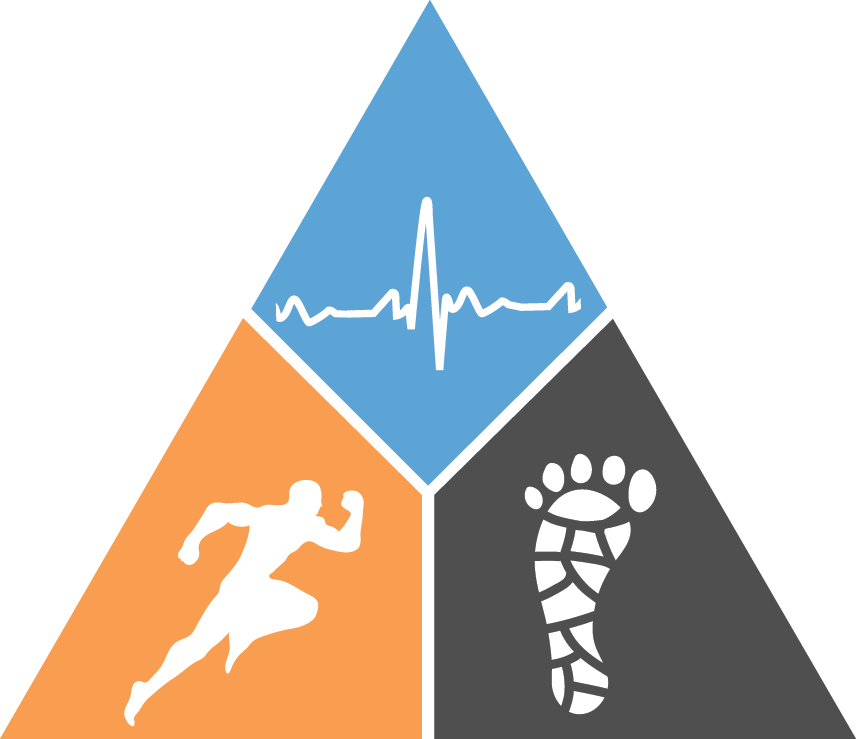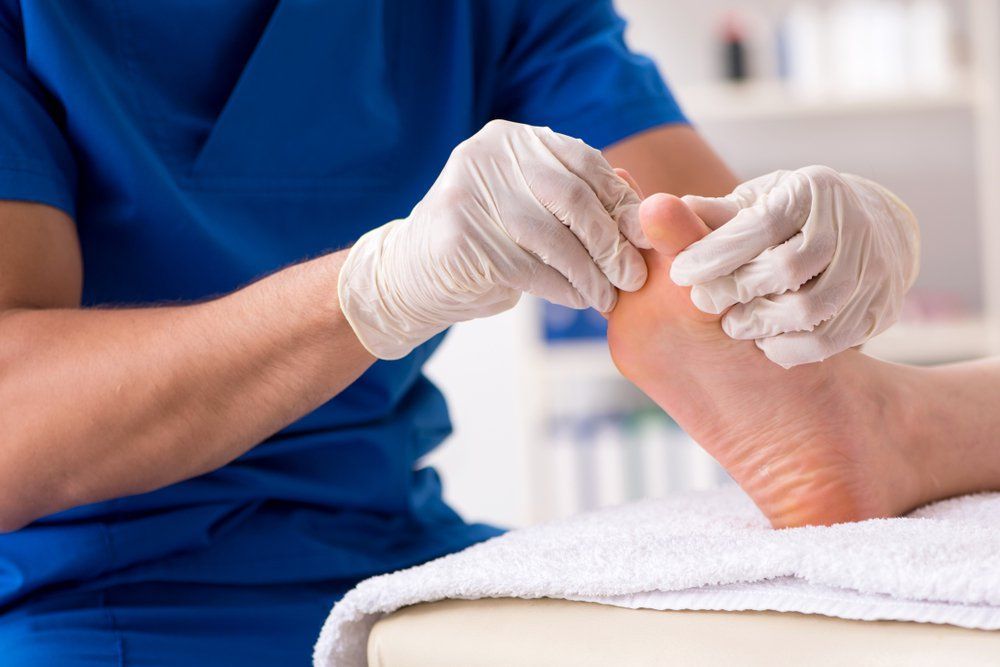Ingrown Toenails
Ingrown Toenail Podiatrist Gymea
Ingrown toenails can be a real pain - literally. If you've experienced the discomfort of an ingrown toenail, you know how it can impact your daily life. But fear not, because at Pinnacle Podiatry, we're here to provide you with expert care and get you back on your feet pain-free.
Stages of Ingrown Toenails
Ingrown toenails are more than just a nuisance; they can significantly impact your mobility and overall well-being. Understanding the stages of severity associated with ingrown toenails is crucial for timely intervention and effective treatment. Let's explore these stages in detail:
Mild Ingrown Toenails
In the mild stage, you may experience redness, tenderness, and slight swelling around the affected toenail. Discomfort is noticeable, especially when pressure is applied to the area.
Moderate Ingrown Toenails
Progressing to the moderate stage, the symptoms become more pronounced. Pain intensifies, and you may observe increased redness and swelling. Pus or fluid discharge can also occur, indicating a potential infection that requires medical attention.
Severe Ingrown Toenails
The severe stage is characterised by persistent and intense pain, often accompanied by severe inflammation. Recurrent infections may occur, leading to complications such as abscess formation or tissue damage if left untreated. Chronic discomfort and difficulty with regular activities like walking are common in this stage.
What Is An Ingrown Toenail?
An ingrown toenail occurs when the edge of the toenail grows into the surrounding skin, leading to inflammation, pain, and potential infection. It's a common condition that can affect anyone, but certain factors can increase your risk. These include:
Improper nail trimming
Tight-fitting shoes
Genetics
Injury to the toe
Fungal infections
Ingrown Toenails in Children
Children's feet are in a constant state of growth, which can lead to shoes becoming too snug and exerting increased pressure on the toenails as their feet develop. This pressure is often amplified in active children participating in sports like soccer, ballet, netball, and football, where the toes endure greater stress. Additionally, teenagers are susceptible to ingrown toenails due to heightened oil and sweat production, which can soften the skin and make it more prone to breaking. At Pinnacle Podiatry, we recognise these unique factors and provide specialised care to alleviate discomfort and promote healthy foot development in children and teenagers.
Ingrown Toenail Treatments at Pinnacle Podiatry
Our team of experienced podiatrists at Pinnacle Podiatry takes a holistic approach to ingrown toenail treatment. We focus not only on alleviating your immediate symptoms but also on preventing future occurrences and promoting overall foot health.
Some Infected ingrown toenail treatment options we will discuss during your consultation can include:
Conservative Management:
We start with conservative approaches such as trimming the offending portion of nail, advising at home management and recommending footwear that reduces pressure on the toes.
Partial Nail Avulsion
In cases where conservative methods are insufficient, we perform a partial nail avulsion, removing the portion of the nail that is causing discomfort.
Nail Matrixectomy
For recurrent or severe ingrown toenails, we may recommend a nail matrixectomy, which involves permanently removing a portion of the nail matrix to prevent the ingrown nail from growing back.
Education and Prevention
We educate patients on proper nail care techniques, including how to trim nails straight across and avoid cutting them too short, to prevent future occurrences of ingrown toenails.
FAQS
Here are answers to some common questions about ingrown toenails.
-
Do I go to a podiatrist for an ingrown toenail?
Yes, consulting a podiatrist for an ingrown toenail is recommended, especially if the condition is causing significant pain, inflammation, or recurrent infections. Podiatrists have specialised training and expertise in diagnosing and treating foot conditions, including ingrown toenails, to ensure proper care and optimal outcomes.
-
Can a podiatrist remove an ingrown toenail?
Yes, the podiatrists at Pinnacle Podiatry are trained and qualified to remove ingrown toenails using various techniques, ranging from conservative measures to surgical procedures. We can assess the severity of the ingrown toenail and recommend the most appropriate treatment to alleviate discomfort and promote healing.
-
How do podiatrists remove ingrown toenails?
Podiatrists can remove ingrown toenails using several techniques, including:
- Partial Nail Avulsion: Surgically removing the ingrown portion of the nail while preserving the healthy nail.
- Nail Matrixectomy: Permanently removing a portion of the nail matrix to prevent regrowth of the ingrown nail.
- Nail Slither Removal: Gently removing the ingrown part of the nail to relieve pressure and promote proper growth.
The specific method used depends on factors such as the severity of the ingrown toenail and the patient's individual needs.
-
Is an ingrown toenail painful?
Our procedures are performed with care and precision to minimise discomfort. Local anaesthesia may be used for more invasive treatments but we will discuss your options at the consultation.
-
What should I expect during my visit?
During your visit to Pinnacle Podiatry for ingrown toenail treatment, you can expect the following:
- A thorough examination of your foot and affected toenail to assess the severity.
- Discussion of your medical history and any previous treatments or surgeries related to your feet.
- Explanation of treatment options tailored to your specific condition, including conservative measures or potential procedures.
- Clear instructions on post-treatment care and follow-up appointments if needed.
- Compassionate and personalised care from our experienced podiatrists to ensure your comfort and optimal recovery.
-
How long does recovery take?
Recovery time varies depending on the severity of the ingrown toenail and the chosen treatment. Our podiatrists will provide personalised guidance for your recovery journey.
-
Do I need a referral to see an ingrown toenail podiatrist at Pinnacle Podiatry?
No, you do not need a referral to see an ingrown toenail podiatrist at Pinnacle Podiatry. We welcome both self-referred patients and those referred by other healthcare providers. Simply contact us to schedule an appointment, and our team will assist you throughout the process.
-
Can I claim ingrown toenail podiatry on private health insurance?
The eligibility for claiming ingrown toenail podiatry treatment on private health insurance may vary depending on your insurance provider and specific policy coverage. We recommend checking with your insurance provider directly to determine if ingrown toenail treatments are covered under your plan.




